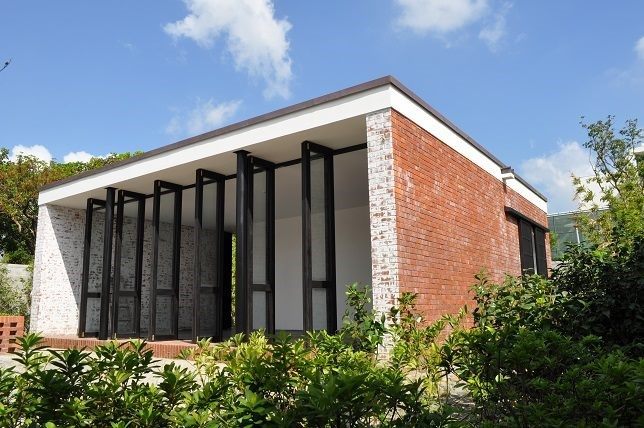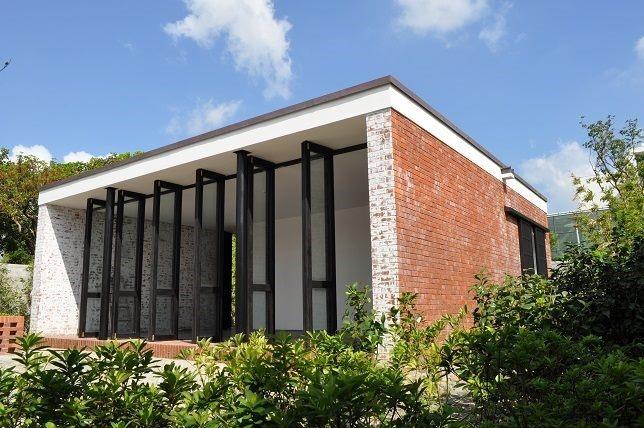Wang Da-Hong's Residence (Faithful Reconstruction)
Architect Wang Da-Hong, known as the “Architectural Poet”, is not only a legend in the Taiwanese architectural world but also a source of pride for the global Chinese community. Born in Beijing and raised in Suzhou and Nanjing, Wang Da-Hong’s upbringing was influenced by Western modern architecture, yet he always pondered how to integrate the forms and spatial aesthetics of traditional Chinese architecture into his work. His creations fuse the simplicity of mainstream 20th-century Western modern architecture with the refined taste of Chinese culture, resulting in a unique style that embodies his own cultural identity. As a pioneer of Taiwan’s modern architectural movement, Wang mastered the spatial ambiance of traditional Chinese courtyard architecture and gardens and expressed it through modern architectural techniques, shaping a distinctive and unparalleled spatial atmosphere. He was honored with the National Award for Arts and the National Cultural Award. One of his most iconic architectural works is his self-designed residence on Jianguo South Road, which he built after coming to Taiwan in 1953. The “Jianguo South Road Residence” was Wang Da-Hong’s first project in Taiwan and marked the inception of his journey towards modernizing Chinese architecture. Jianguo South Road Residence is a small single-person house that Wang Da-Hong designed for himself. With an area of only 860 sq. ft. and occupying about 4,290 sq. ft. of land, the residence features towering walls that draw from Wang’s experiences with Suzhou gardens. The interior windows are circular “moon gate” windows, complemented by lattice-style window frames, evoking the atmosphere of a traditional Chinese garden. The interior and exterior spaces are composed in colors such as red, black, white, and exposed brick, creating a modern Eastern aesthetic. The floor-to-ceiling window frames in the living and dining areas are supported by vertical and horizontal bearings, minimizing obstructive outer frames, a technique derived from traditional Chinese removable door panels, allowing for smoother spatial flow between indoors and outdoors.


![Taiwan.gov.tw [ open a new window]](/images/egov.png)
